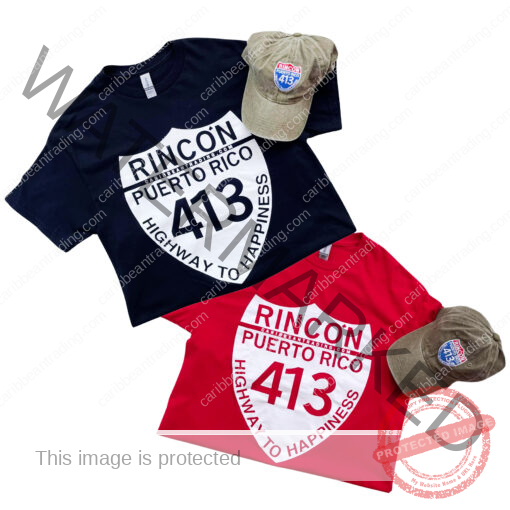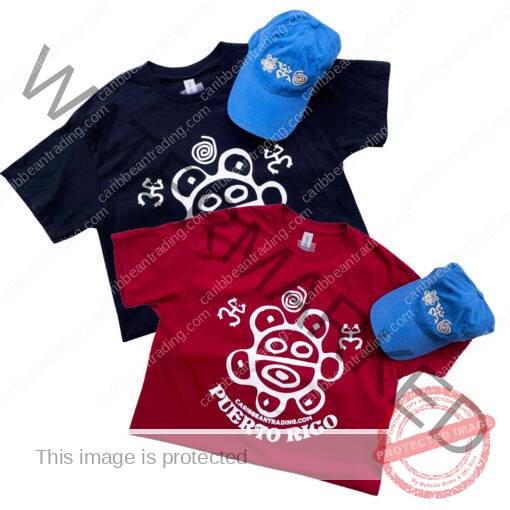Travel Tips
How to Break the Ice with Strangers When Traveling By Yourself
Solo travel brings freedom, exploration, and personal growth. But it also comes with moments of isolation, especially if you’re not naturally outgoing. Connecting with strangers can enrich your experiences and open doors to new perspectives. The art of breaking the ice when you’re traveling alone is a valuable skill, but it’s more than just about starting conversations. It’s about building genuine connections that can make your solo journey memorable.
Here’s a deep dive into how to approach, engage, and leave lasting impressions on the people you meet along the way.
Why Breaking the Ice is Important During Solo Travel
Traveling alone isn’t just about seeing new places. The connections you make can deeply shape your experience. Whether you’re looking for tips from locals, making friends with fellow travelers, or simply wanting to share your thoughts, human interaction is key. Meeting people along the way can ease feelings of loneliness, make you feel safer, and add spontaneity to your adventure. Social interactions also foster cultural exchange, where you’re not just observing from a distance but participating in the life around you.
Understanding why it’s important to engage with strangers allows you to be more open to the idea of starting a conversation. Often, all it takes is a little courage to begin, and the rest will follow naturally.
Reading the Room: Knowing When and How to Approach Someone
A significant part of breaking the ice lies in timing and context. Not everyone is open to chatting at any given moment. Before approaching, observe their body language. Are they engrossed in a book or their phone? Do they seem relaxed and open, or hurried and distracted?
The setting also matters. Public places like cafés, hostels, and transportation hubs are perfect for starting conversations. In contrast, more intimate or focused spaces, such as museums or quiet parks, may not always lend themselves to casual exchanges. Being aware of your environment helps you judge when it’s appropriate to engage someone and when it’s best to hold back.
To break the ice effectively, your approach should be friendly and non-intrusive. A simple greeting or casual comment about the surroundings often works wonders. For instance, “Do you know any good spots around here?” can start a helpful conversation, and it’s likely to grow from there.
Conversation Starters: Finding Common Ground
Striking up a conversation with a stranger can feel daunting, but having a few go-to conversation starters can help ease the pressure. It’s essential to find common ground that sparks a natural flow of dialogue. Travelers often share similar experiences, so topics like where they’ve been, where they’re going, or what they think of the current destination are great conversation pieces. Asking for local advice, directions, or recommendations can also open the door for further discussion.
If you’re in a group setting, such as a hostel or tour, you might mention something related to the shared activity. Even commenting on something light-hearted, like a person’s unique travel gear, can lead to a pleasant chat.
It’s also important to keep your curiosity genuine. People can tell when you’re only interested in surface-level small talk. A sincere question about their journey or background can deepen the conversation beyond pleasantries.
Handling Awkwardness and Silence
One challenge many solo travelers face is the fear of awkward pauses or silences. These moments are natural, especially when meeting someone new. The key is to remain calm and not rush to fill the gap with forced words. Often, a pause gives the other person a chance to think or ask their own questions. Relax into the silence and allow the conversation to flow at its own pace.
Another method is shifting the topic or asking follow-up questions to keep the conversation alive. For example, if you’re discussing places they’ve visited, ask more detailed questions about their experiences. Did they try any local foods? What were the people like in that region? This helps turn the dialogue from random conversations on video into more meaningful exchanges, fostering a deeper connection.
Social Etiquette: Respecting Cultural Differences
While breaking the ice is universal, it’s essential to be aware of cultural differences when engaging with strangers. What might be seen as friendly and casual in one culture can be intrusive or inappropriate in another. Some cultures value personal space and quietness, while others embrace lively and frequent conversations with strangers.
Before traveling to a new destination, it’s worth learning about the local customs and social etiquette. Understanding these norms helps you navigate interactions more smoothly and reduces the risk of unintentional offense. For example, while physical touch, such as a handshake, is common in many Western countries, some cultures might prefer a more formal greeting or even no physical contact at all.
Using Technology to Your Advantage
In the digital age, breaking the ice doesn’t always have to be face-to-face. Many travelers connect through social media platforms, apps, or forums to find like-minded people. Apps like Meetup or Couchsurfing offer opportunities to meet locals or fellow travelers. These platforms can help arrange casual meetups, dinners, or even group tours.
In some cases, people arrange to meet through online communities before arriving in a destination, which takes the pressure off trying to make random connections upon arrival. For instance, participating in a community related to your interests — whether it’s hiking, photography, or food — can be a perfect conversation starter, even before the trip begins.
Sometimes, joining virtual gatherings or participating in group video chats is another way to connect with people from around the world, even if you haven’t met in person yet. This allows you to form bonds and build rapport before your actual travels.
Building Lasting Connections: Going Beyond Small Talk
Once you’ve broken the ice, it’s possible to take the conversation to the next level by fostering a deeper connection. People tend to bond over shared experiences, stories, and moments of vulnerability. Being open about your travel experiences, struggles, or even future plans can make others feel comfortable doing the same.
Ask questions that lead to meaningful dialogue. Instead of just asking, “Where are you from?” try asking, “What inspired you to come here?” or “What’s been your favorite experience so far?” This approach not only keeps the conversation going but shows that you’re genuinely interested in the other person’s experiences and perspective.
This is especially important when trying to develop lasting friendships with fellow travelers or locals. Bonds formed while traveling often feel stronger due to the shared experiences and heightened emotions that come with exploring new places.
Navigating Safety Concerns When Meeting Strangers
Meeting new people while traveling solo is exciting, but it’s crucial to keep personal safety in mind. Trust your instincts at all times. If something feels off, remove yourself from the situation. While most people you meet will likely have good intentions, it’s important to be cautious about sharing too much personal information upfront, especially details about your exact travel plans, accommodations, or personal history.
When meeting someone for the first time, choosing a public location is wise. This provides a safe and neutral ground for interaction. Avoid venturing into isolated places with someone you’ve just met. Letting a friend or family member know about your whereabouts, even when abroad, can also add an extra layer of security. For more guidance on solo travel safety, this resource is useful.
Wrapping Up: Leaving a Positive Impression
Making connections while traveling is often fleeting but can leave a lasting impact on both parties involved. Ending a conversation on a positive note is just as important as starting it. Thank the other person for their time, share contact details if it feels appropriate, or simply offer a polite farewell if you feel the conversation has run its course.
Sometimes, these encounters evolve into long-lasting friendships, and sometimes they remain a pleasant memory. Either way, each interaction contributes to your solo travel experience, adding richness and depth to your journey.
Being open to meeting new people when traveling alone can greatly enhance the quality of your adventures. With a little bit of courage, respect for boundaries, and the ability to read the situation, you can turn even the briefest of encounters into something meaningful. The next time you travel solo, be prepared to break the ice and enjoy the unexpected connections that come with it.







